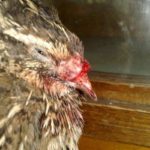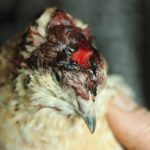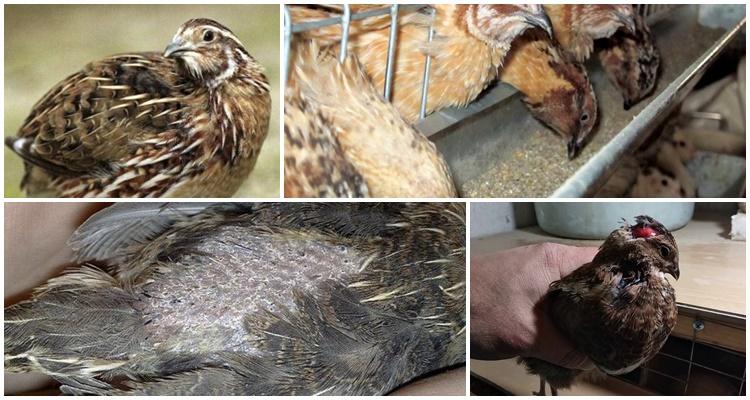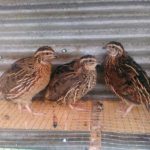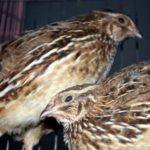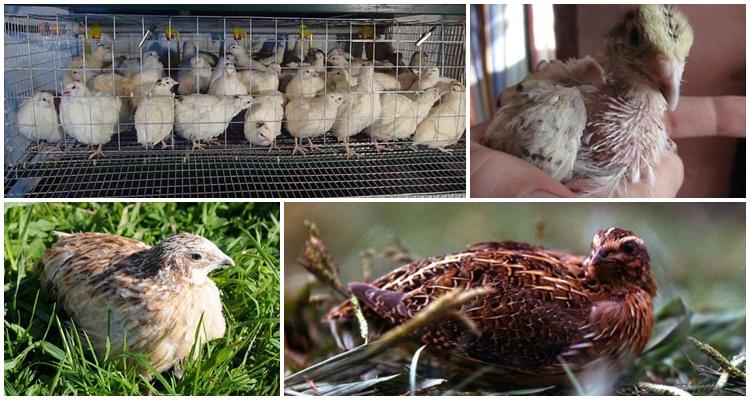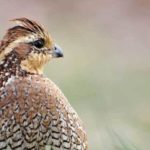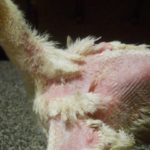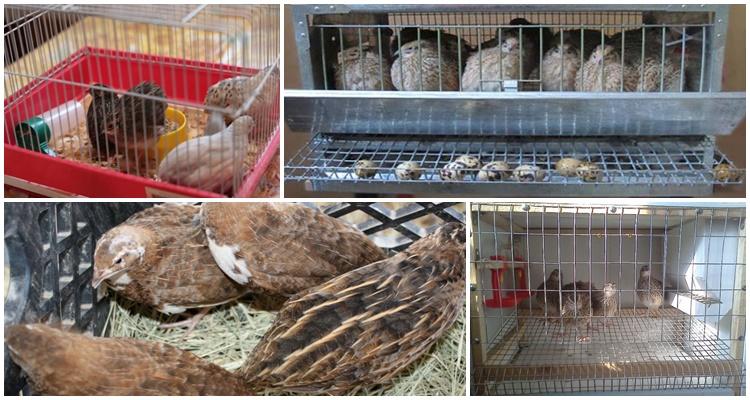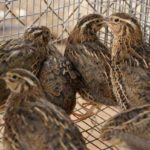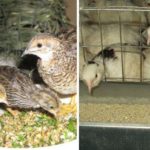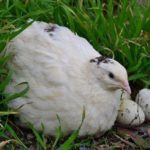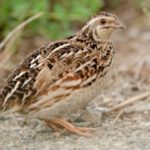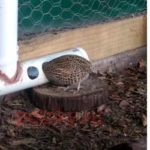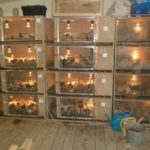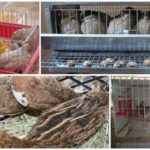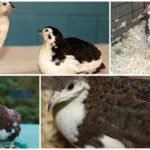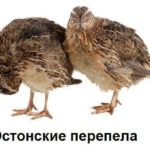Quail breeding requires a thorough approach from poultry farmers. Unfavorable living conditions, insufficient provision of livestock with food, and stress factors cause aggressive behavior of birds towards their relatives. To avoid losses and unplanned expenses, the owner needs to find out why the quails in the poultry house are pecking each other and take measures to correct the situation.
Causes of pecking
Maintenance and diet play a primary role in the behavior of domesticated quails. Discomfort and the struggle for priority place in the flock become the causes of behavioral deviations in birds. As a result, stronger birds push out those that are weaker in an attempt to get a better place and more food.
The following reasons for pecking among quails are identified:
- inconsistency of living conditions with the needs of birds;
- violation of the regime and poor quality of nutrition;
- non-compliance with drinking regime;
- exposure to stress factors;
- attempts to defend leadership in the pack.
In most cases, quails peck relatives due to the fault of the owner. The targets for pecking are the head, eyes, neck, cloaca, and paws. With superficial damage, the plumage and upper layers of the skin of birds suffer, but quail often maim neighbors in the poultry house, pecking them to deep bloody wounds.
Having noticed signs of pecking, the breeder needs to analyze the degree of influence of various factors on the birds and eliminate them, identify aggressive individuals, and provide assistance to the injured quails.
Lighting
When it comes to maintaining a poultry yard, the duration and intensity of artificial lighting is of great importance. Under natural conditions, the change in photoperiod occurs gradually. Too much exposure to bright light, as well as insufficient illumination, provoke pecking in quails.
If the room has windows, the birds will have enough natural light. Keeping quail indoors requires lighting. It is recommended to use blue light lamps with a power of up to 40 watts without flicker. Lamps are placed evenly, away from birds. Also, cages with quails are not placed near the window.
To ensure a gradual change in room illumination, special regulators are installed. It is also necessary to control the length of daylight hours, which should be from 12 to 14 hours.
Stress
Quails are sensitive to everything that surrounds them. In addition to violations of the rules of care, maintenance and nutrition, the cause of changes in behavior is a change in the usual place of residence. Sometimes quail take a long time to get used to a new owner or flock.
Battle for leadership
Defending leadership positions in a flock is most typical for males, but in some cases it also occurs among females. Males usually conflict with each other and peck out rivals when they reach sexual maturity over females, the number of which should be 4-5 individuals per quail. In a natural habitat, the distance of families from neighbors smooths out confrontation, but in artificial conditions it is more difficult to avoid dividing the territory.
To reduce aggression, it is necessary to regulate the number of livestock and the ratio of individuals of different sexes, as well as provide families with sufficient space to live together. Strong young males are distinguished by a special zeal for leadership, so they try not to place them in established quail families and keep them separately. Females have a more docile disposition and are more likely to show aggression in old age, when egg production is completed. Weak individuals usually become targets for pecking.
Tight Contents
In a cramped cage, when birds are crowded, it is extremely difficult to avoid pecking. It is necessary to control the number of quails and resettle the population in a timely manner.When dividing, it should be taken into account that an established family does not always favorably accept young animals and newcomers.
Quails are distributed into cages based on the recommended housing density, which is no more than 30 birds per standard cage measuring 1x0.5 meters.
Poor nutrition
Quail stock needs regular balanced nutrition. Lack of nutrients causes aggression in birds, which will try to satisfy the need in any way.
Cannibalism in quails results from:
- inconsistencies in feed volumes for livestock;
- using feeders that do not provide all birds with free access to food;
- inadequate diet.
The feed rate per head is at least 30 grams. The menu should meet the birds' needs for proteins, lipids, carbohydrates, and also contain a sufficient amount of vitamins and minerals. Quails need potassium, sodium, and calcium ions.
Vitamin and mineral hunger leads to the fact that quails peck feathers, their own or their relatives, and peck eggs.
For the treatment and prevention of hypovitaminosis, birds are given:
- balanced feed; fortified complex mixtures;
- fresh grass;
- meat and bone meal;
- boiled fish and fish oil;
- crushed shells;
- lime;
- sprouted grain.
Birds must receive sufficient food at the same time and have constant access to clean water.
Poor ventilation or drafts
Quails need fresh air, but cold air currents have a detrimental effect on the health and behavior of birds. Stuffiness in the poultry house, along with drafts, puts quails into panic and encourages aggression. The room is carefully insulated, cracks and gaps are closed.To bring in fresh air and remove waste air, the poultry house is equipped with a supply and exhaust ventilation system. The cages are placed at a distance from the floor and windows.
How to deal with violent and injured birds
If signs of aggressive behavior and cannibalism are detected, it is necessary to identify the attacking bird and isolate it from the flock. The injured quail is receiving medical care. If there are open wounds or serious injuries, the victim of the attack is also isolated until he recovers.
First aid
The pecking victim is carefully examined and moved to a separate, clean cage. The wounds are treated with an antiseptic (hydrogen peroxide, an aqueous solution of chlorhexidine), and bandages with healing and antimicrobial agents are applied (Levomekol, Levosin, Vishnevsky liniment). The poultry is provided with enhanced fortified nutrition. If necessary, show it to a veterinarian.
Continuation of therapy
Poorly healing wounds with signs of inflammation and infection (swelling, suppuration, redness of the skin) are treated with antibiotics. Bandages with antimicrobial solutions are applied, and antibiotics are given in oral or injectable form as prescribed by the veterinarian. After a course of antibiotics, sea buckthorn oil or ointments with dexpanthenol are applied to the wounds to speed up healing. It is not recommended to eat meat from poultry killed after pecking.
What to do with the aggressor
Aggressive birds are placed in a separate cage and provided with adequate nutrition. Vitamin and mineral complexes are added to the feed. The menu is complemented with boiled fish and hemp seeds.
They check the conditions in the poultry house and correct any shortcomings. Pugnacious males are kept separately, given temporary access to females.Instead of a separate cage, you can install opaque partitions.
When corrective measures do not help, radical treatment of aggressors is used. For wild quails, part of the beak is cut off. The operation is performed by a veterinarian. After a short recovery period, the bird returns to normal life.
Preventive measures
In order to prevent violent manifestations of aggression among quails, the birds should be provided with favorable living conditions and nutritious regular nutrition. It is necessary to control the number of birds in the cage and timely resettle the quails, and keep the young birds separate from the adult birds.
It is recommended to place a container with ash in the quail's cage. Ash baths calm the birds, as does dim blue light. To prevent hypovitaminosis and lack of minerals, complex fortified mixtures are mixed into the livestock’s feed or water.

